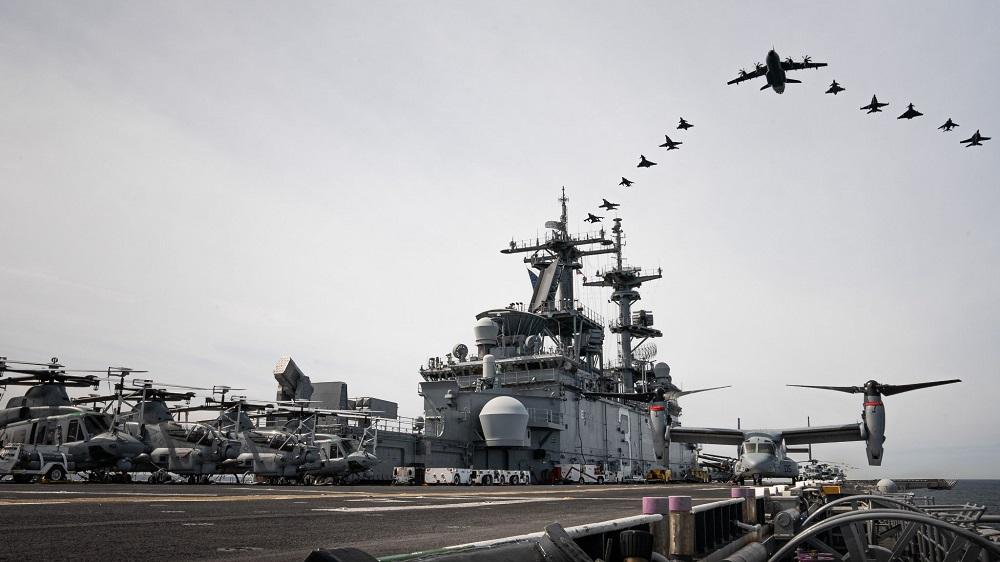From June 5 to 17, fourteen NATO Allies and Partners Finland and Sweden are participating in the multinational maritime-focused annual exercise Baltic Operations (BALTOPS). NATO’s Northern Combined Air Operations Centre (CAOC) staff ensure control of participating aircraft. The growth in aircraft sorties is also facilitated by the fact that – for the second time – BALTOPS integrates the German-led Multinational Air Group Days (MAGDAYs) generating additional sorties in support of the joint maritime-led training drills. Fighter jets from Germany, Belgium, Turkey, the United States and Partners Finland and Sweden as well as NATO E-3A and tanker aircraft are involved in this training event within the NATO concept of the Multinational Air Group for which German is a framework nation.

CAOC Uedem has been assigned the lead in planning, coordinating, controlling and monitoring the air operations integrated into the BALTOPS exercise enabling realistic multi-domain training of approximately 7,000 personnel from NATO Allies and Partner nations. This year, we are controlling the ‘air-heaviest’ BALTOPS scenario in the history of the exercise, with a total of more than 75 Allied and Partner aircraft operating from sea-based and land-based platforms. We are planning over 400 sorties which more than doubles our sorties from last year,” said Colonel Wilhelm May, the Exercise Air Director at the CAOC, who also oversaw the air play during the 50th edition of BALTOPS in 2021.

The missions CAOC are controlling cover the whole spectrum from air-maritime, air-air and air-to-ground to anti-submarine, air-to-air refuelling and intelligence, surveillance and reconnaissance drills. They have up to 40 aircraft airborne in one 3-hour serial. While the MAGDAY integration into BALTOPS means an increased coordination and integration effort for the maritime and air assets, it also enhances the complexity and quality of exercise objectives for all participants. Besides this recurring task of controlling air activities during multinational exercises, the CAOC is responsible for NATO Air Policing in central and northern Europe ensuring the integrity of NATO’s airspace and contributing to deterrence and defence efforts.

Combined Air Operations Centres (CAOCs) are multinational headquarters for tactical and operational control of NATO Air Forces below the Joint Force Command level. They operate within the NATO Integrated Air Defense System (NATINADS) framework. Within the European NATO command structure they are subordinated to NATO’s Allied Air Command (AIRCOM), and is superior to Control and Reporting Centres, national airspace control centers and Regional Airspace Surveillance Coordination Centres (RASCC) such as BALTNET. NATO may also operate in Europe static and deploy-able CAOCs. Predecessor organizations of the CAOC were Air Tactical Operations Centre (ATOC) and Air Defence Operations Centre (ADOC). Until 1980 the two HQs for air attack and air defence operated autonomously.















